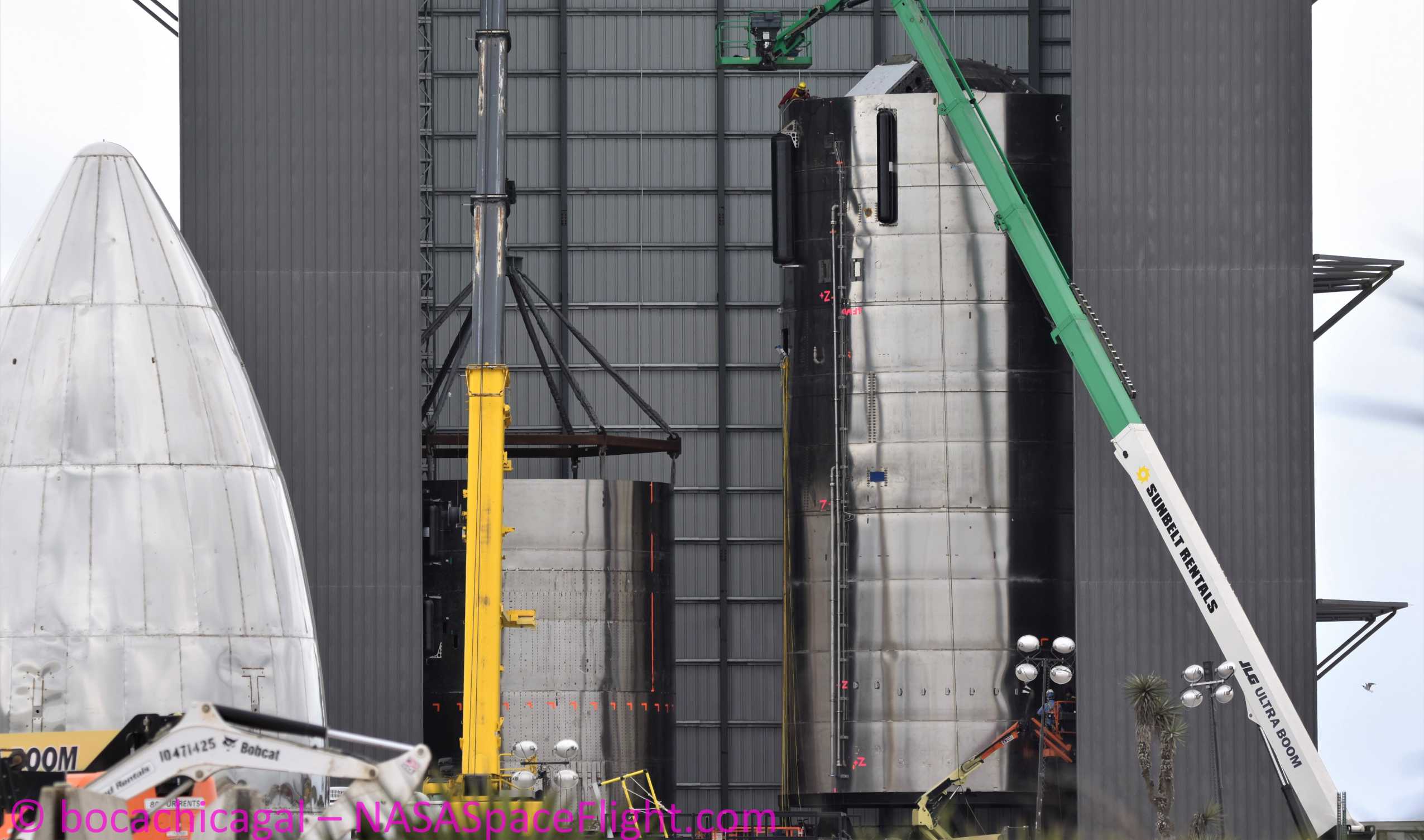

News
SpaceX’s recent Starship testing challenges don’t worry Elon Musk
In his latest burst of tweets, SpaceX CEO Elon Musk says he isn’t all that worried about a duo of recent Starship prototype failures and talked next steps for the next few Starships.
Aside from SpaceX’s South Texas rocket factory, Musk also touched on progress being made on the cutting-edge Raptor engine set to power Starships and their boosters, revealing a small production milestone in the process. The CEO says that SpaceX has already begun building its 26th Raptor engine, a sign that Raptors may actually be waiting on Starships in a turn of events. Back when SpaceX was busy testing its low-fidelity Starhopper testbed, the ship actually had to wait several months for the full-scale Raptor engine’s design to mature enough to support 15-30+ second hop tests.
Now, Musk’s Raptor SN26 reveal implies that SpaceX is slowly but surely ramping up production of the new engine back at its Hawthorne, California headquarters.
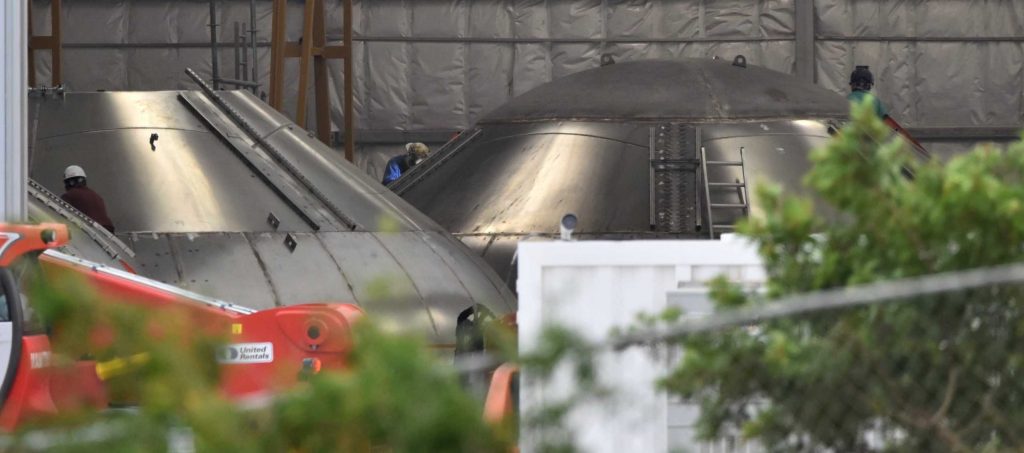
From August to December 2019, SpaceX completed one Raptor engine every ~17 days, on average. With Musk’s confirmation that SpaceX is currently building (or already testing) SN26, the company is completing an engine every 12-14 days – an overall improvement of 20-40%. In other words, SpaceX’s growing engine production capacity is almost perfectly positioned to support a fleet of suborbital Starship prototypes, which is about where the company’s Boca Chica, Texas factory is today.
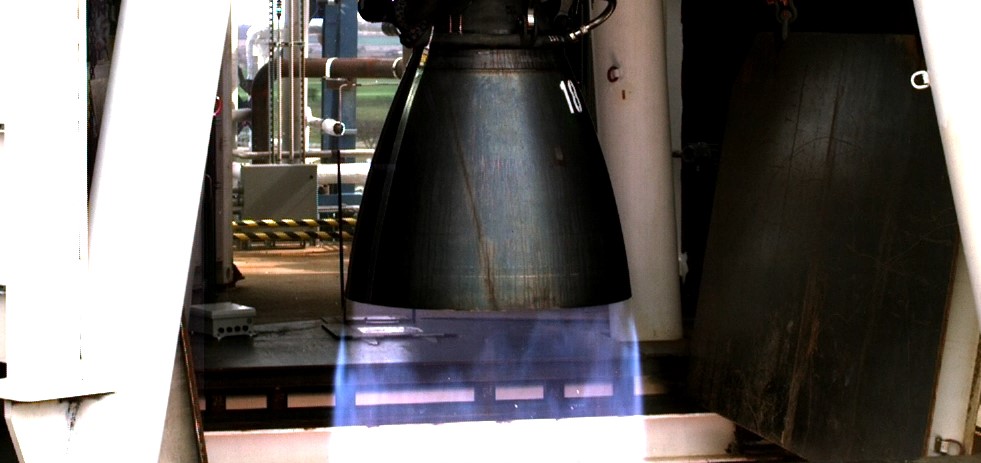
Obviously, following two recent full-scale Starship prototype failures spaced barely a month apart, rocket production has a ways to go before it will need the volume of Raptor engines SpaceX appears to already be capable of producing. For the time being, three Raptor engines – having already completed production in Hawthorne and acceptance testing in McGregor, Texas – are quite literally sitting around and gathering dust as they wait for the first Starship prototype qualified to host them.
Once a Starship passes proof testing, SpaceX will be able to install either one or all three engines for an inaugural static fire test, following by a small Starhopper-class hop (no higher than 150m or 500 ft).
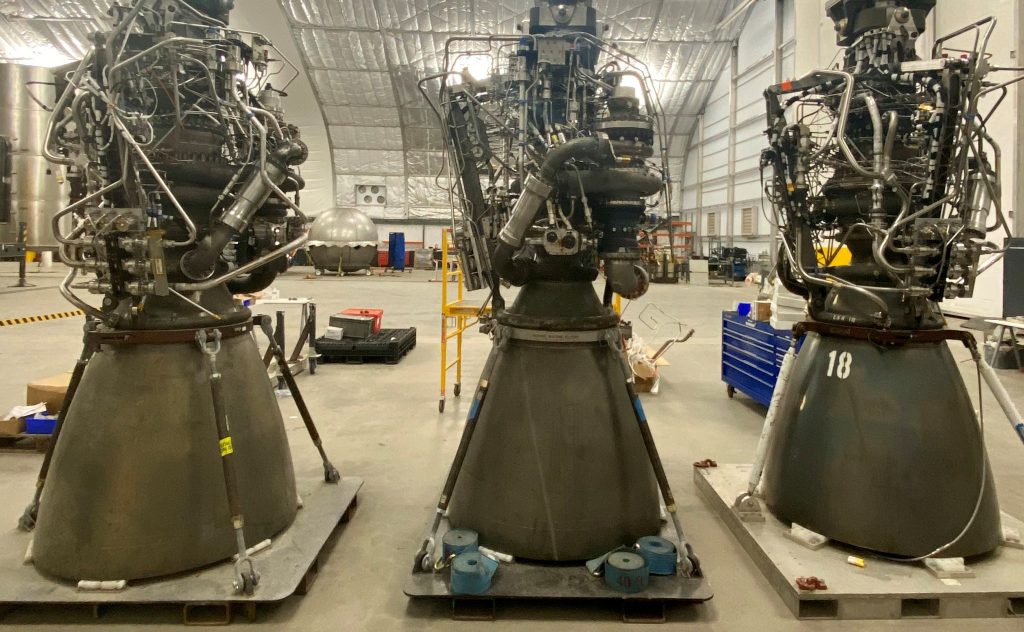
However, once SpaceX has explored the full range of testing available to suborbital Starship prototypes, things will change. Likely ending with the first one or several successful ‘skydiver-style’ rocket landing tests, SpaceX will finally be able to seriously think about its first orbital flight tests. To reach orbit and still be capable of returning to Earth and landing softly, Starship will need a Super Heavy booster – set to be the largest rocket booster ever developed by a large margin.
Although Musk has stated that early orbital flight tests will likely launch with far fewer engines, a single Super Heavy booster could eventually require 37 Raptor engines – a full 42% more engines than SpaceX has managed to build in the entire 15+ month history of full-scale Raptor production.
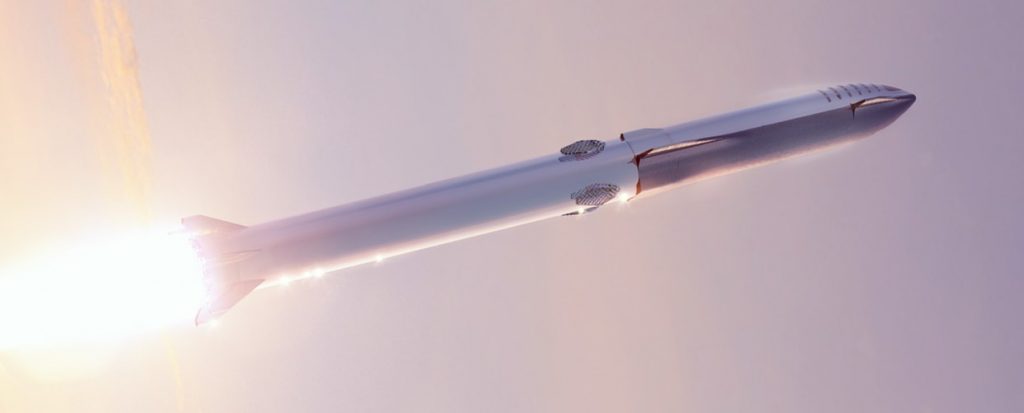
Thankfully, SpaceX’s engine production HQ likely has at least 6-12 months to ramp up production to support fully-outfitted Super Heavy boosters – let alone several. For the time being, each suborbital Starship only needs 3 sea level-optimized Raptor engines, although it’s possible that SpaceX will eventually perform suborbital tests with a full compliment of six engines – including three with much larger vacuum-optimized nozzles.
Ultimately, Musk explained that his lack of concern about recent Starship prototype failures – potentially including any anomalies that follow SN4’s test campaign – comes from the fact that he believes that producing Starships is a much more challenging and pressing concern. Indeed, if your factory can churn out functioning building-sized spacecraft for pennies on the dollar, losing a few during testing is little more than an annoyance. The first failed prototypes can thus be considered learning experiences, helping SpaceX improve designs and optimize the factory and production strategies. SpaceX does still need to prove that its existing approach really can build functioning rockets, but that should (in theory) come with enough trial and error.
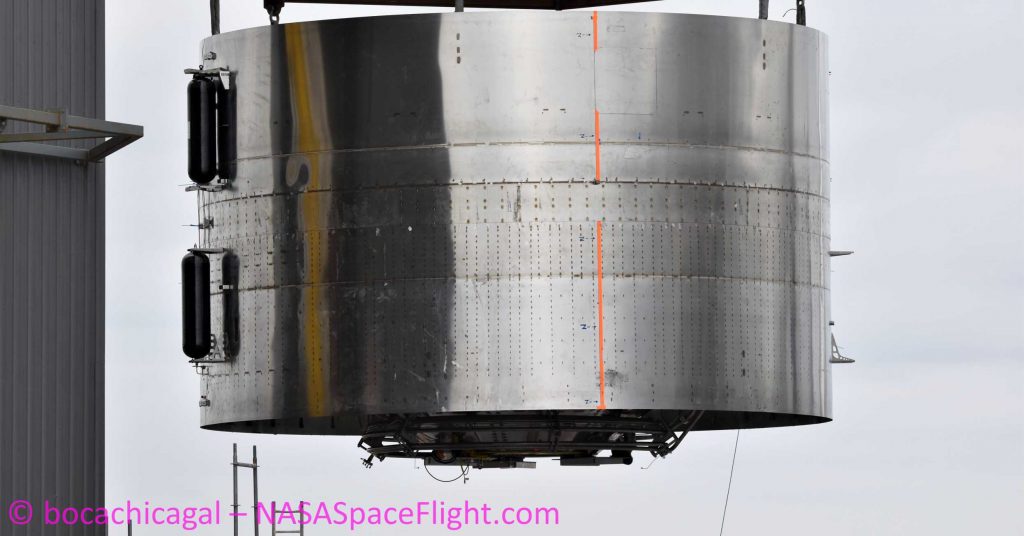
Depending on how initial tests go with Starship Serial Number 4 (SN4), likely days away from wrapping up production, Musk says that the first few suborbital Starship tests will likely involve short, low-velocity hops. Those flights will be slow enough that the ship (or ships) wont require aerodynamic control surfaces to complete them, instead relying entirely on smaller thrusters and the thrust vector control (TVC) provided by their three main Raptor engines.
If Starship SN4 testing – including wet dress rehearsals, Raptor static fires, and short hops – goes perfectly, Musk says that Starship SN5 could be the first new ship to have fully-functional flaps installed. If things don’t go quite as well, that milestone could shift to Starship SN6, while SN7 and beyond are obviously on the table in the event of even less forgiving SN4/SN5 testing scenarios. For now, Starship SN4 could be ready to move to the launch pad and kick off a series of critical proof tests a handful of days from now.
News
Tesla begins Robotaxi certification push in Arizona: report
Tesla seems serious about expanding its Robotaxi service to several states in the coming months.

Tesla has initiated discussions with Arizona transportation regulators to certify its driverless Robotaxi service in the state, as per a recent report from Bloomberg News. The move follows Tesla’s launch of its Robotaxi pilot program in Austin, Texas, as well as CEO Elon Musk’s recent comments about the service’s expansion in the Bay Area.
The Arizona Department of Transportation confirmed to Bloomberg that Tesla has reached out to begin the certification process for autonomous ride-sharing operations in the state. While details remain limited, the outreach suggests that Tesla is serious about expanding its driverless Robotaxi service to several territories in the coming months.
The Arizona development comes as Tesla prepares to expand its service area in Austin this weekend, as per CEO Elon Musk in a post on X. Musk also stated that Tesla is targeting the San Francisco Bay Area as its next major market, with a potential launch “in a month or two,” pending regulatory approvals.
Tesla first launched its autonomous ride-hailing program on June 22 in Austin with a small fleet of Model Y vehicles, accompanied by a Tesla employee in the passenger seat to monitor safety. While still classified as a test, Musk has said the program will expand to about 1,000 vehicles in the coming months. Tesla will later upgrade its Robotaxi fleet with the Cyercab, a two-seater that is designed without a steering wheel.
Sightings of Cybercab castings around the Giga Texas complex suggests that Tesla may be ramping the initial trial production of the self-driving two-seater. Tesla, for its part, has noted in the past that volume production of the Cybercab is expected to start sometime next year.
In California, Tesla has already applied for a transportation charter-party carrier permit from the state’s Public Utilities Commission. The company is reportedly taking a phased approach to operating in California, with the Robotaxi service starting with pre-arranged rides for employees in vehicles with safety drivers.
News
Tesla sets November 6 date for 2025 Annual Shareholder Meeting
The automaker announced the date on Thursday in a Form 8-K.

Tesla has scheduled its 2025 annual shareholder meeting for November 6, addressing investor concerns that the company was nearing a legal deadline to hold the event.
The automaker announced the date on Thursday in a Form 8-K submitted to the United States Securities and Exchange Commission (SEC). The company also listed a new proposal submission deadline of July 31 for items to be included in the proxy statement.
Tesla’s announcement followed calls from a group of 27 shareholders, including the leaders of large public pension funds, which urged Tesla’s board to formally set the meeting date, as noted in a report from The Wall Street Journal.
The group noted that under Texas law, where Tesla is now incorporated, companies must hold annual meetings within 13 months of the last one if requested by shareholders. Tesla’s previous annual shareholder meeting was held on June 13, 2024, which placed the July 13 deadline in focus.
Tesla originally stated in its 2024 annual report that it would file its proxy statement by the end of April. However, an amended filing on April 30 indicated that the Board of Directors had not yet finalized a meeting date, at least at the time.
The April filing also confirmed that Tesla’s board had formed a special committee to evaluate certain matters related to CEO Elon Musk’s compensation plan. Musk’s CEO performance award remains at the center of a lengthy legal dispute in Delaware, Tesla’s former state of incorporation.
Due to the aftermath of Musk’s legal dispute about his compensation plan in Delaware, he has not been paid for his work at Tesla for several years. Musk, for his part, has noted that he is more concerned about his voting stake in Tesla than his actual salary.
At last year’s annual meeting, TSLA shareholders voted to reapprove Elon Musk’s compensation plan and ratified Tesla’s decision to relocate its legal domicile from Delaware to Texas.
Elon Musk
Grok coming to Tesla vehicles next week “at the latest:” Elon Musk
Grok’s rollout to Tesla vehicles is expected to begin next week at the latest.

Elon Musk announced on Thursday that Grok, the large language model developed by his startup xAI, will soon be available in Tesla vehicles. Grok’s rollout to Tesla vehicles is expected to begin next week at the latest, further deepening the ties between the two Elon Musk-led companies.
Tesla–xAI synergy
Musk confirmed the news on X shortly after livestreaming the release of Grok 4, xAI’s latest large language model. “Grok is coming to Tesla vehicles very soon. Next week at the latest,” Musk wrote in a post on social media platform X.
During the livestream, Musk and several members of the xAI team highlighted several upgrades to Grok 4’s voice capabilities and performance metrics, positioning the LLM as competitive with top-tier models from OpenAI and Google.
The in-vehicle integration of Grok marks a new chapter in Tesla’s AI development. While Tesla has long relied on in-house systems for autonomous driving and energy optimization, Grok’s integration would introduce conversational AI directly into its vehicles’ user experience. This integration could potentially improve customer interaction inside Tesla vehicles.
xAI and Tesla’s collaborative footprint
Grok’s upcoming rollout to Tesla vehicles adds to a growing business relationship between Tesla and xAI. Earlier this year, Tesla disclosed that it generated $198.3 million in revenue from commercial, consulting, and support agreements with xAI, as noted in a report from Bloomberg News. A large portion of that amount, however, came from the sale of Megapack energy storage systems to the artificial intelligence startup.
In July 2023, Musk polled X users about whether Tesla should invest $5 billion in xAI. While no formal investment has been made so far, 68% of poll participants voted yes, and Musk has since stated that the idea would be discussed with Tesla’s board.
-

 Elon Musk1 week ago
Elon Musk1 week agoTesla investors will be shocked by Jim Cramer’s latest assessment
-

 Elon Musk3 days ago
Elon Musk3 days agoElon Musk confirms Grok 4 launch on July 9 with livestream event
-

 Elon Musk15 hours ago
Elon Musk15 hours agoxAI launches Grok 4 with new $300/month SuperGrok Heavy subscription
-

 News7 days ago
News7 days agoTesla Model 3 ranks as the safest new car in Europe for 2025, per Euro NCAP tests
-

 Elon Musk2 weeks ago
Elon Musk2 weeks agoA Tesla just delivered itself to a customer autonomously, Elon Musk confirms
-

 Elon Musk1 week ago
Elon Musk1 week agoxAI’s Memphis data center receives air permit despite community criticism
-

 Elon Musk2 weeks ago
Elon Musk2 weeks agoTesla’s Omead Afshar, known as Elon Musk’s right-hand man, leaves company: reports
-

 News2 weeks ago
News2 weeks agoXiaomi CEO congratulates Tesla on first FSD delivery: “We have to continue learning!”













